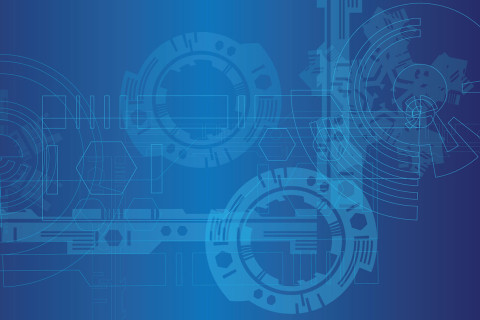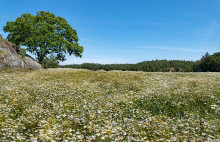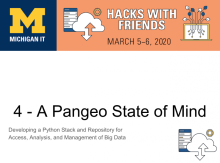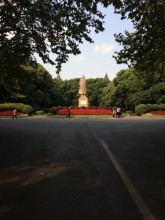Technology and project updates from U-M Library Information Technology.
Library Tech Talk

Posts in Library Tech Talk
Showing 11 - 20 of 137 items

- Heidi Burkhardt
The U-M Library launched a completely new primary website in July after 2 years of work. The redesign project team focused on building a strong team, internal communication, content strategy, and practicing needs informed design and development to make the project a success.
•
- Fritz Freiheit
How to add ordered metadata fields in Samvera Hyrax. Includes example code and links to actual code.

- Larry Wentzel
This article reviews how 9,000+ frames of photographic negatives from the Harry A. Franck collection are being digitally preserved.

- Anthony Thomas
The Digital Public Library of America (DPLA) has collected and made searchable a vast quantity of metadata from digital collections all across the country. The Michigan Service Hub works with cultural heritage institutions throughout the state to collect their metadata, transform those metadata to be compatible with the DPLA’s online library, and send the transformed metadata to the DPLA, using the Combine aggregator software, which is being developed here at the U of M Library.

- Greg Kostin
When the students go on winter break I go to Hacks with Friends (HWF) and highly recommend and encourage everyone who can to participate in HWF 2021. Not only is it two days of free breakfast, lunch, and snacks at the Ross School of Business, but it’s a chance to work with a diverse cross section of faculty, staff, and students on innovative solutions to complex problems.

- Paul Frederick Schaffner
For the past three years the Text Creation Unit, a small group within the Digital Content & Collections department of LIT, has been busy revising one of the University's oldest and most famous products and projects, the Middle English Dictionary. This post will not address the now 90-year history of the project, nor the technical or design aspects of our new interface, nor even the problems attached to sustaining a project like this over nearly a century. In fact, this post will seem a little roundabout, but trust me, it will eventually end up at the work actually being carried out, and at the sort of thinking, and the sort of crazy people, that go into it.

- Ken Varnum
U-M Library Search launched in late July 2018, combining Mirlyn, ArticlesPlus, and Search Tools into a single discovery interface. Over the past academic year, much work has gone into providing functionality available in the previous interfaces, resolving bugs, and improving the overall user experience.

- Kat Hagedorn
In November 2108, I was fortunate enough to travel to Fudan University (Shanghai, China) to be a “Foreign Expert” at their library.

- Ben Howell
Web accessibility is a key ingredient to successful product development that can make or break many peoples’ experience. The U-M Library Digital Accessibility Team (DAT) helps library teams 'bake in' web accessibility from the beginning of their projects and helps coordinate accessibility work across the Library. Read about DAT's services and how collaboration with teams and staff across the library has led to improved products and services for our Library staff, faculty and students.

- Paul Frederick Schaffner
Paul Schaffner gives an introduction to batch editing metadata using tools that have worked well for him as part of his role in the Text Creation Unit (TCU) within the University of Michigan Library's Digital Content and Collections Department. The instructions and guidance provided, while originally aimed at cataloguers, can be utilized by anyone by following along with Paul's instructions and referring to the suggested resources and links within the article.